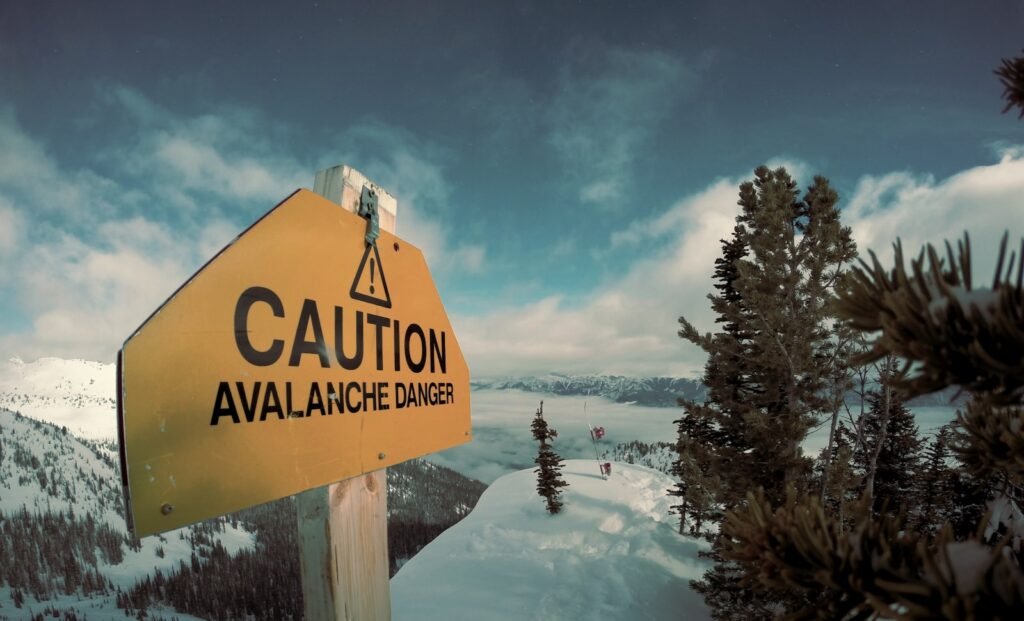We look at two methods for paying off debt: the Snowball Method and the Avalanche Method. They are both really two sides of the same coin. But the end result is the same: no more debt. It assumes you have made up your mind to eliminate your debt once and for all. These are rip and burn methods. They do away with the hocus pocus of debt consolidation or a magic show with competing credit cards. There’s no one left in the room when you commit to either of these methods. The 500 pound gorilla that has been living in your lounge is no longer ignored. The hairy one just has to go. Like now.
The Avalanche Method

Your organise your debts largest to smallest. Then you start with the largest (it could be the largest interest payments, or just the largest in monetary value – we’ll get to that). Time to pay it off. When you’ve done that, you commit to paying off the next biggest debt. Eventually you’re left with the small debts, and they get paid one after the other.
If you’re paying off the largest debt first, then you’re using the Andes Avalanche. The Andes in South America are among the largest mountains in the world. The biggest mountain is Mount Aconcagua. Your first debt payment will be like climbing that mountain. Backwards.
The largest debt might not be the one that is burning you out. A smaller, but higher interest debt might be doing crazy things to your mind. A lender might be on your back and contacting you all hours of the day and night. There is no respite. In other words, you need an Interest Avalanche.
An Interest Avalanche focuses on the largest interest rate and works its way through to the smallest. This method requires you to stick to largest to smallest. Because if you pick and choose the debts you payoff randomly, then you’re on your own plan. And since you’re reading this, that plan probably hasn’t gone so well for you.
So now you have a further choice to make with these two versions of the Avalanche Method:
- Interest Avalanche: By focusing on high-interest debts, you’ll save money on interest payments in the long run.
- Andes Avalanche: Or if you bend your mind to paying off the most expensive debts, you’ll witness a quicker reduction in the total debt balance. This kind of debt elimination seems to be the fastest way to go if you use debt calculators. Don’t take our word for it. Work it out here.
The Snowball Method

You make a list of your debts, smallest to largest. You start with the smallest and pay that off. This type of debt may be a library fine, a traffic infringement, or a store card. Forget about interest rates for the time being. As you pay off the smallest debts, your momentum builds. The snowball becomes something that even buses have avoid because it is so big. Eventually you come to the biggest debt at the end. It’s like Duke Nukem 3D when you get to the last episode. Waiting for you is the final boss: the Cycloid Incinerator. Get through that guy, and you win. But since you’ve been fighting your way through every other episode, you’ll be in great shape to take this cowboy on.
Great things about the Snowball Method:
- Quick Wins and Motivation: By knocking out smaller debts first, you experience immediate wins, building momentum and motivation.
- Simplified Approach: Dealing with fewer creditors and smaller balances simplifies things as you progress.
So the Snowball Method has a lot going for it. Theis method works because you get psychological wins early. This keeps your engine running. It keeps you motivated. And while you’re in the trenches digging deep, the small wins can provide a much needed boost.
The Avalanche Method may need more patience. The biggest debt you have means you won’t get the early sugar high of eating the small snowballs. Instead you’ll get the slow grind of the mountaineer. One step after another carrying a heavy pack in freezing conditions. But, hey, some people like that.


